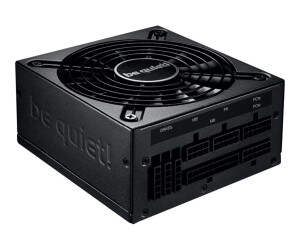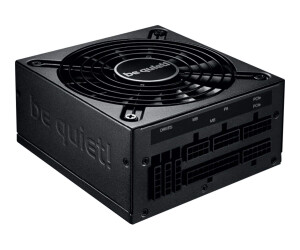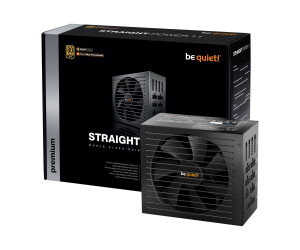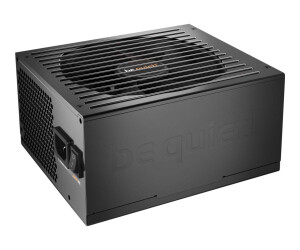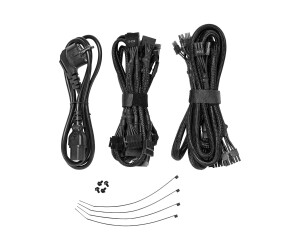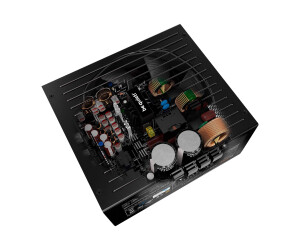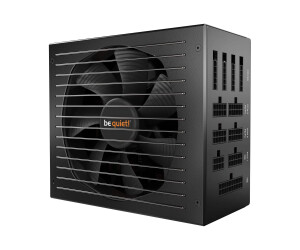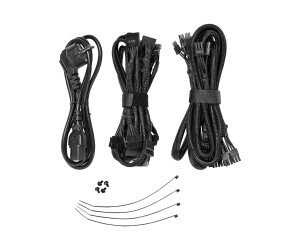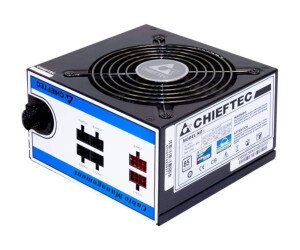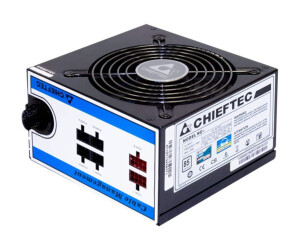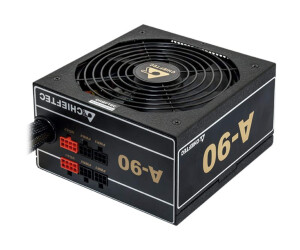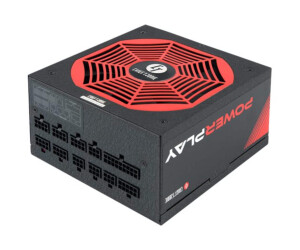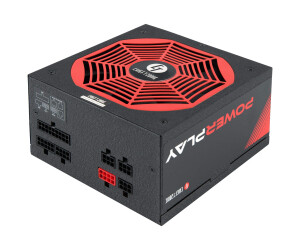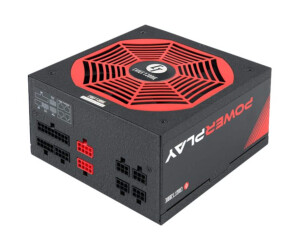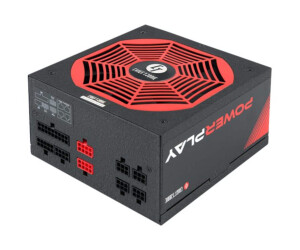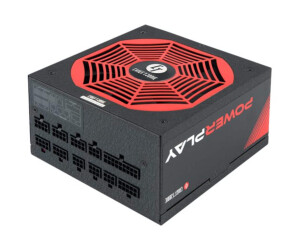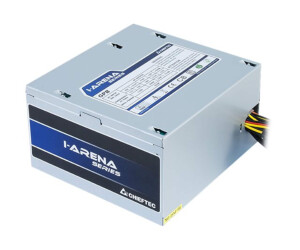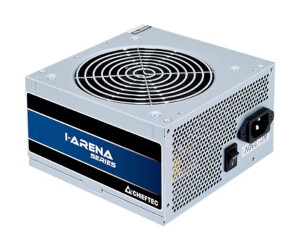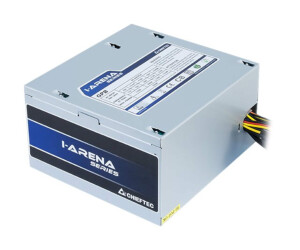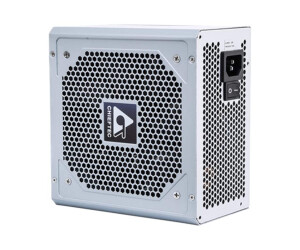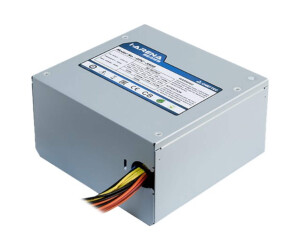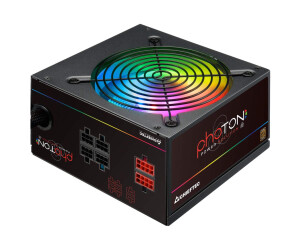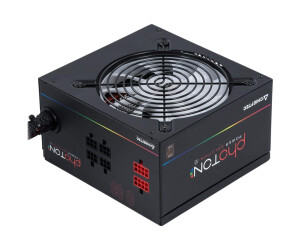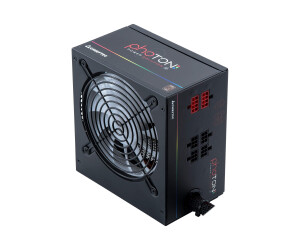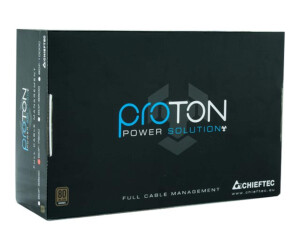- /
- Accessories
- /
- computer accessories
- /
- Computer power supply
Computer power supply
Computer power supply
A power supply unit (PSU) converts mains AC to low regulated DC power for the internal components of a computer around. Modern personal computers universally use a switching power supply. Some cars with power supplies have a manual selection of input voltage, while others Refurbished power supplies are automatically adjusted to the supply voltage. Most modern computer power supplies conform to the ATX specifications.
While an ATX power supply connected to the power grid, it is always a 5- V standby voltage (5VSB) is prepared so that the standby function on the computer and certain peripheral devices can be supplied with electricity. ATX server power supplies are turned on and off by a signal from the motherboard. They also provide a signal to the main board, to indicate whether or not the DC voltages are within the tolerance, so that the computer is able to be operated safely. The latest ATX standard power supplies provide the Version 2.31 by mid-2008 dar. desktop computer power supplies to change alternating current from the wall socket to low voltage DC to power the processor and peripherals. Several DC voltages are required and must be controlled with some precision to provide a stable operation of the computer. A power supply rail, or refers to a single power rail voltage from a power supply unit (PSU). The term is mainly used in the electronics of many computer enthusiasts. The first generation microcomputer and used power supplies of home computers use a heavy step down transformer and a linear power supply. In contrast, modern computers use switch mode power supplies (SMPS ) with a ferrite -cored high-frequency transformer. The switching part is much easier, less expensive and more efficient than an equivalent linear power supply. These servers power supplies can even have a short-circuit protection and over-voltage protection, under voltage protection, over current protection and over temperature protection feature.
Current workstation power supplies also provide a standby voltage are available, supply to keep most of the computer systems are turned off. If the computer is off, but the power supply is still connected, it can be remotely via a Wake-on-LAN or Wake-on-Ring or locally via Keyboard Power ON (KBPO) be started when the motherboard supports this feature. Power supplies can contain passive or active power factor corrections, called PFC. Passive PFC provide an easy way to increase the power factor by a coil is used in a number of primary filter capacitors. Active PFC, however, are complex and may involve a higher PF reach (up to 99 %). The entry-level power supply specification ( EPS ) is another form factor power supplies for high-power - consumption computer and entry-level servers. Developed by the Server System Infrastructure Forum ( SSI), a group of companies such as Intel, Dell, Hewlett -Packard and many other companies that rely on server - standards, the EPS form factor is a "derivative" of the ATX form factor. The EPS standard provides a powerful and stable environment for critical server-based systems and applications. EPS power supplies have a 24-pin motherboard power connector and an 8-. Pin +12 V connector


